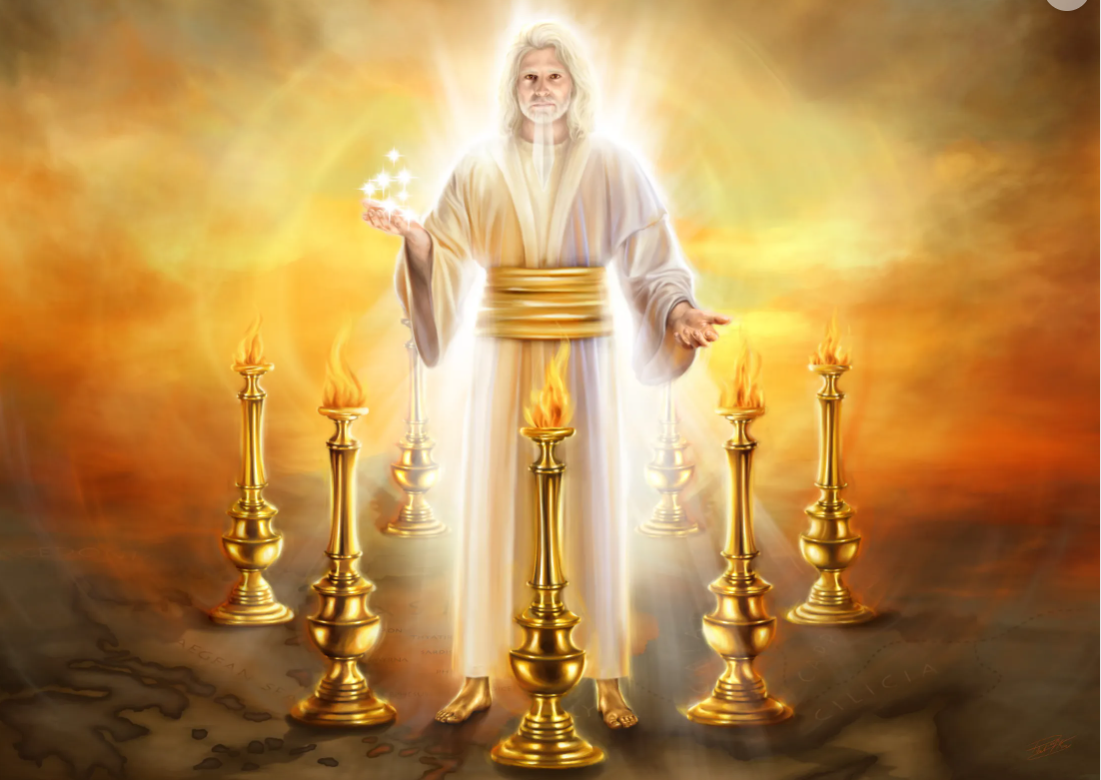To accompany your Come Follow Me study for December 4-10
In addition to reading the indicated chapters, you may wish to:
Read the applicable portions of the New Testament Institute Student Manual at:
- Chapter 53: Revelation 1–3 (churchofjesuschrist.org)
- Chapter 54: Revelation 4–11 (churchofjesuschrist.org)
See the following videos:
If you would like a Kahoot game related to this material which you could use for personal study or use with your family or your class, click here: https://create.kahoot.it/share/revelation-1-5/055b49b6-b328-42fc-a053-40043b24383b . (To use it with a group, after clicking on this link, you will need to log into Kahoot, creating a free account if you have not done so previously, then click on the blue “Start” button.)
Points to Ponder in Revelation 1-5
1. How could Joseph Smith call Revelation “one of the plainest books God ever caused to be written,” and Nephi agree that the book he foresaw John would write would be “plain and pure, and most precious and easy to the understanding of all men” (1 Nephi 14:23), when most of us find it anything but plain?
2. What help do Latter-day Saints have for interpreting the book of Revelation that others do not have?
3. Why would John say he was going to write about “things which must shortly come to pass” (1:1) when so much of it deals with events that are still future? And why would he take so much time to talk about events that were so far removed from his own time?
4. Occasionally we find someone who suggests that maybe the Second Coming of Jesus has already occurred and that we just aren’t aware of it. What does Revelation 1-5 say on that subject?
5. What do you feel are the most important changes Joseph Smith made in Revelation 1-5 in his Joseph Smith Translation?
6. Why would John write in such symbolic language rather than just come out and say what he meant?
7. What does it mean to be kings and priests to God? (1:6; 5:10)
8. What do you find significant about the description John gives of Jesus Christ in 1:13-17?
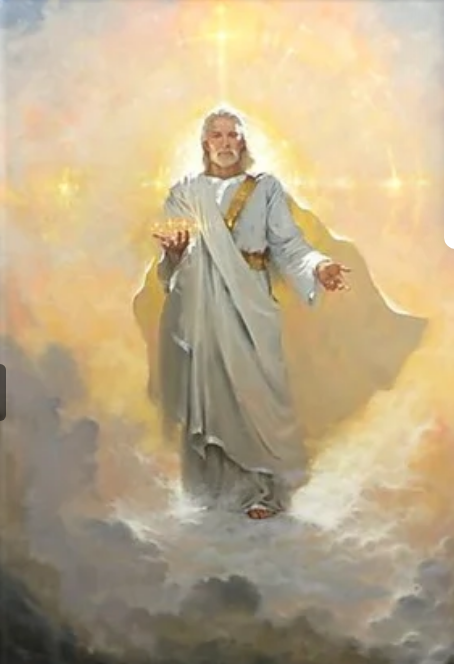
9. What significance do you see in the fact that the Lord chose candlesticks to represent the seven branches of the Church in Asia?
10. What do you think it means to “eat of the tree of life, which is in the midst of the paradise of God”? (2:7)

11. For each of the seven churches of Asia mentioned in these chapters (all of which were in what is now modern Turkey), briefly summarize what the Lord says about their good points and their bad points. Then write your own summary of the main lesson you feel is to be learned from all that the Savior had to say to these ancient saints.
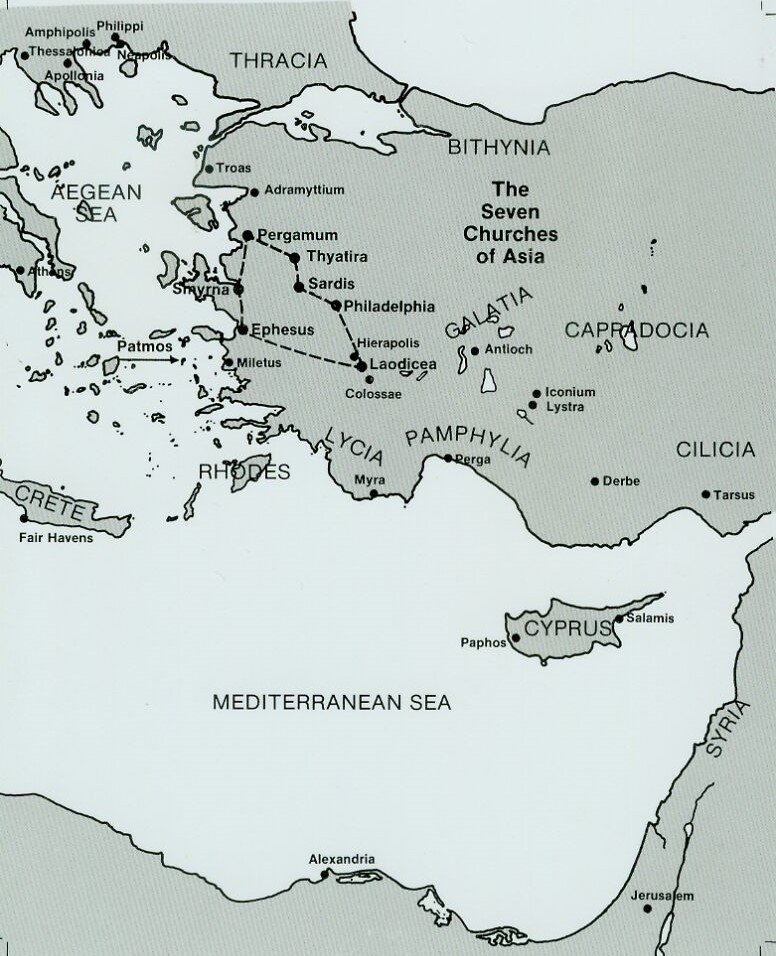
12. Explain in words an 8-year-old could understand what it means in 3:20 that Jesus stands at the door and knocks, waiting to be invited in for supper.
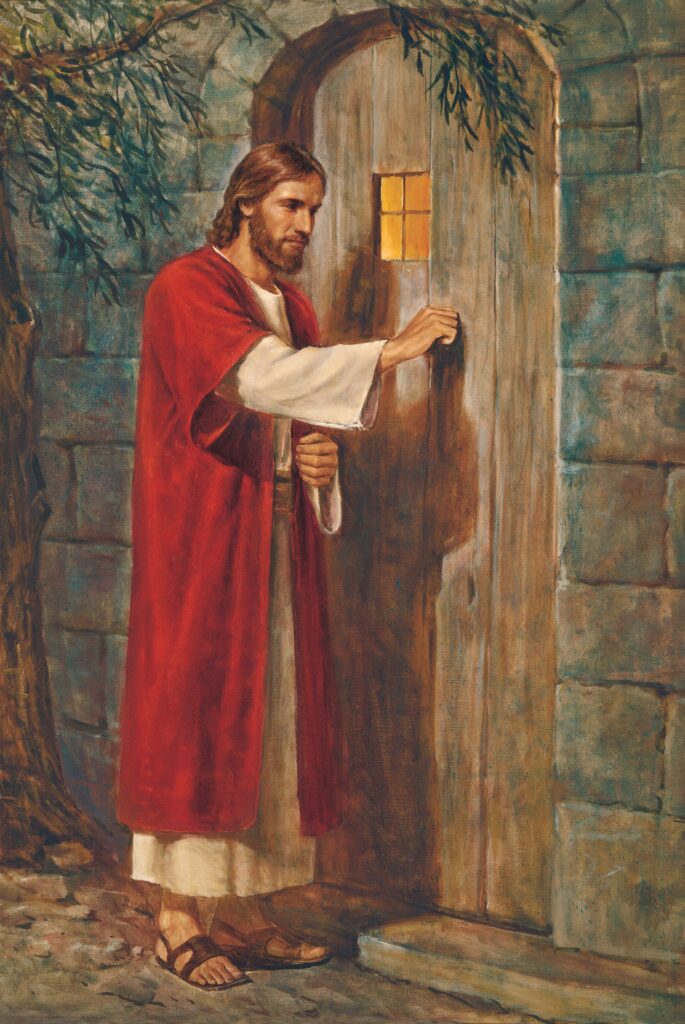
13. What to you are the most important things we learn about these five chapters of the book of Revelation from the inspired commentary in D&C 77:1-6?
14. What else in Revelation 1-5 impressed you enough to mark it? Why?
Possible Answers to Points to Ponder in Revelation 1-5
1. How could Joseph Smith call Revelation “one of the plainest books God ever caused to be written,” and Nephi agree that the book he foresaw John would write would be “plain and pure, and most precious and easy to the understanding of all men” (1 Nephi 14:23), when most of us find it anything but plain?
First, Nephi is referring to the book as it was originally written, prior to its passing through the hands of what he calls a “great and abominable church,” which would take away “from the gospel of the Lamb many parts which are plain and most precious,” as well as many covenants. Such alterations, both in the biblical text and in the interpretation of the remaining text would cause “an exceedingly great many” to “stumble.” (1 Nephi 13:26-29.) Joseph Smith is likely speaking of the book in its original form, as well.
Secondly, the book is full of rich symbolism, common to Oriental literature but quite foreign to those of us in the West. To understand Revelation, we have to look beyond the symbol and ponder what it represents.
Thirdly, the fact that English-speaking Latter-day Saints typically read Revelation in the King James Version further complicates their understanding it. I would suggest looking at difficult passages in one or more modern language translations for help in understanding what the King James Version is saying.
Finally, as the book was written under inspiration, its meaning is likely to remain obscure unless we read and ponder it with that same Spirit. Even then, we need not assume that the Lord expects us to fully understand every verse and correctly interpret every symbol. The general message is quite clear, but we must wait for further revelation to clarify some of the details.
2. What help do Latter-day Saints have for interpreting the book of Revelation that others do not have?
We have:
- Modern revelation, which gives us a fuller understanding of the gospel, man’s premortal life, and God’s plan of salvation.
- D&C 77, which gives Joseph Smith’s inspired answers to several questions about the content of the book of Revelation.
- The Joseph Smith Translation, which further clarifies selected difficult passages.
- Access to the gift of the Holy Ghost, which can inspire us individually as we read and ponder this final New Testament book.
3. Why would John say he was going to write about “things which must shortly come to pass” (1:1) when so much of it deals with events that are still future? And why would he take so much time to talk about events that were so far removed from his own time?
John’s reference to events for which “the time is at hand” seems to apply specifically to chapters 1-3, where the Lord delivers His “report card” to the seven churches in Asia and warns them that unless they repent, He will “come … quickly, and will remove thy candlestick out of his place.” (2:5, 16, 22-23, 3:16.)
Beginning in chapter 4, he indicates he is writing of “things which must be hereafter” (4:1), some of which would not occur until more than two thousand years later. Being a beloved apostle of Jesus Christ and an eyewitness to His resurrection, and with the blessing of being translated to live on the earth until Christ came again, John would naturally be very interested in all that was revealed to him about the events to occur during the following two thousand years plus of his earthly ministry and hoped we would be interested as well.
4. Occasionally we find someone who suggests that maybe the Second Coming of Jesus has already occurred and that we just aren’t aware of it. What does Revelation 1-5 say on that subject?
1:7 says, “He cometh with clouds; and every eye shall see him.” If we haven’t seen Him, that’s pretty good evidence that the event hasn’t yet occurred.
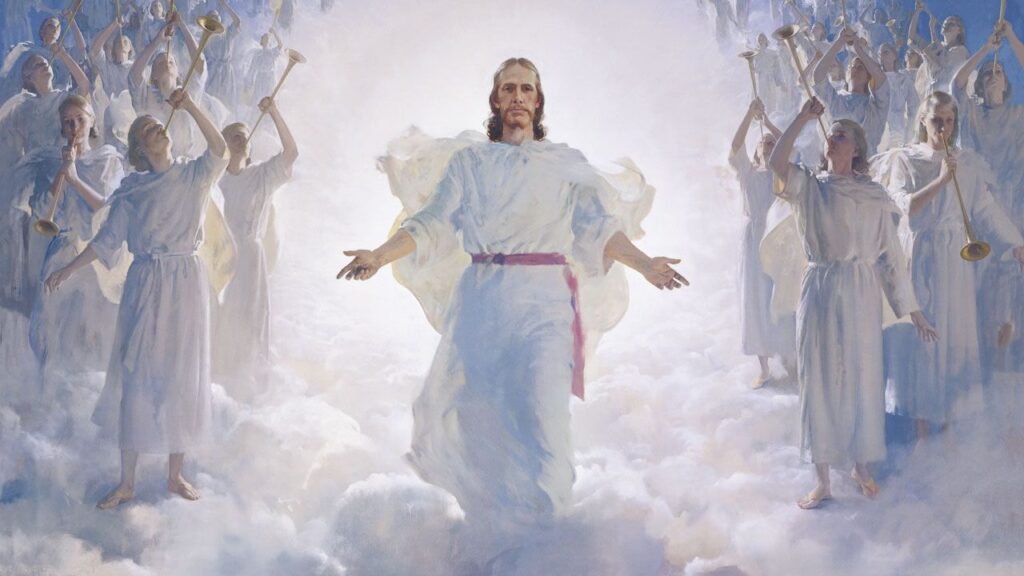
5. What do you feel are the most important changes Joseph Smith made in Revelation 1-5 in his Joseph Smith Translation?
1:4: The message is sent not to seven mysterious “spirits” associated with the seven churches of Asia but to seven “servants,” presumably the equivalent of their branch presidents or bishops.
1:5: The message is conveyed by an angel, representing Jesus Christ, not by Jesus Christ in person.
1:7: At the Second Coming, Jesus will not come alone but with ten thousands of His saints, clothed with the glory of His Father.
Chapters 2-3: The message is addressed to the “servants” of the various churches, not to their “angels,” who in the King James Version were also previously called “spirits.”
2:27: Those who overcome will rule over many nations, not with a “rod of iron” with which to beat them, but with the kind of “rod of iron” which Lehi saw in his vision, the “word of God.” “And he shall govern them by faith, with equity and justice.”
5:6: The Lamb which was slain had “twelve horns and twelve eyes,” rather than seven, “which are the twelve servants of God sent forth into all the earth.” It sounds a bit like the twelve apostles.
6. Why would John write in such symbolic language rather than just come out and say what he meant?
Perhaps in part it was for the same reason Jesus taught in parables: to hide his message from the unbelievers while making it possible for the saints to seek clarification and understand it.
Another reason may have been that John lived in a culture which had a literary tradition of using rich symbolism.
Finally, it may have been that John simply didn’t have words in his language to describe some of what he saw. For example, how would he have described the various items depicted in the following drawing?
Might the nuclear explosion been described as a “palm tree of smoke”? Could the backhoe or earth mover been “a huge beast which eats the earth”? Would the snowmobile be “a chariot which moves upon the snow without the aid of horses”?
Might “a bird that roars like a lion and carries its prey away safely” describe the airplane? Could the video games be “wars being fought yet no one is hurt”?
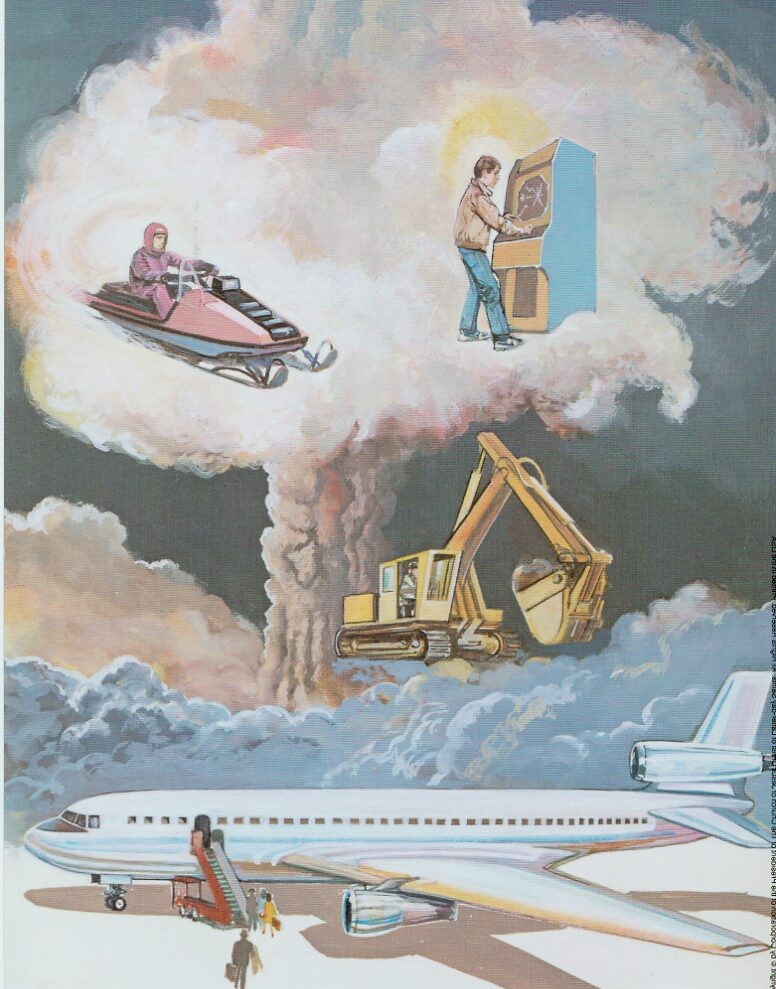
7. What does it mean to be kings and priests to God? (1:6; 5:10)
God’s design is for us to follow in His footsteps and become like Him, who is King of Kings and Lord of Lords. With eternal marriage and eternal increase, the faithful will have the privilege of presiding over their own endless posterity just as God does over us, blessing them with the power of the same priesthood by which He operates. We will never be totally independent, nor would we want to be, but will forever be tied to our own Heavenly parents, just as our descendants will be to us.
8. What do you find significant about the description John gives of Jesus Christ in 1:13-17?
First of all, this is not specifically a description of Jesus Christ, but of an angel who came to represent Him and who spoke in the first person as if he were Jesus Himself. Even John seemed confused on this point a couple of times, falling on his knees to worship him (19:10; 22:8), only to be told, “See thou do it not: I am thy fellowservant.”
However, 1:13 assures us that the heavenly visitor was “one like unto the Son of man.” The description given of him, therefore, should be equally applicable to Jesus. Significantly, the angel was not a nebulous spirit, but in the form of a man, with clothes, feet, a head, hair, eyes, hands, a mouth, and a chest. And he was able to lay his right hand upon John such that John could feel it. Had Jesus Christ come personally, the physical appearance and sensation would have been no different.
9. What significance do you see in the fact that the Lord chose candlesticks to represent the seven branches of the Church in Asia?
Presumably, it was to remind us that just as candlesticks with their flames give off physical light, so should branches of the Church emit spiritual light, discernible to all who look at them. As Jesus said, “It is given unto you to be the light of the world.”
10. What do you think it means to “eat of the tree of life, which is in the midst of the paradise of God”? (2:7)
Presumably, it has the same meaning as the tree of life in Lehi’s dream in 1 Nephi 8, which Nephi learned was symbolic of “the love of God,” which was “the most desirable above all things,” the most joyous to the soul,” with fruit “desirable to make one happy,” “most sweet,” and which filled Lehi’s soul “with exceedingly great joy.” The Savior and His atonement were at the center of the interpretation of the tree given to Nephi. Specifically, then, it would appear that the tree and its fruit represent a the Spirit and glory of God, of which we can taste in part here in mortality and of which we can enjoy an eternal fulness hereafter.
11. For each of the seven churches of Asia mentioned in these chapters (all of which were in what is now modern Turkey), briefly summarize what the Lord says about their good points and their bad points. Then write your own summary of the main lesson you feel is to be learned from all that the Savior had to say to these ancient saints.
ChatGPT did a pretty good job of producing the following summary:
“In Revelation 1-5, seven churches in Asia are addressed, and each of them is praised for their good points and rebuked for their bad points. Here’s a summary:
“Ephesus:
Good points: They have worked hard and persevered in the faith. They have also rejected false apostles.
“Bad points: They have abandoned their first love and have become more focused on rules and regulations than on a personal relationship with God.
“Smyrna:
Good points: They have endured persecution and poverty and have remained faithful to God.
“Bad points: There are no specific bad points mentioned.
“Pergamum:
Good points: They have remained faithful to God, even in the face of persecution.
“Bad points: Some members have followed false teachings and participated in sexual immorality.
“Thyatira:
Good points: They have continued to do good works and have shown love to others.
“Bad points: Some members have followed a false prophetess who encouraged sexual immorality and idol worship.
“Sardis:
Good points: None mentioned [except for a few “which have not defiled their garments … and are worthy.”]
“Bad points: They have a reputation for being alive but are actually spiritually dead. They have not kept their faith alive.
“Philadelphia:
Good points: They have remained faithful to God and have kept His word.
“Bad points: There are no specific bad points mentioned.
“Laodicea:
Good points: None mentioned.
“Bad points: They are neither hot nor cold but lukewarm, and this spiritual indifference has made them nauseating to God. They are also self-sufficient and do not recognize their need for God.”
Your summary may well differ from mine. But what strikes me most is that not only the Laodiceans but most of the other branches were in the lukewarm category, at best. It reminds me of what the Lord says about the candidates for the terrestrial kingdom in D&C 76: That they were not valiant in the testimony of Jesus. There is no point in being a member of the Church at all if one is not going to go all the way and remain energetically faithful to the end.
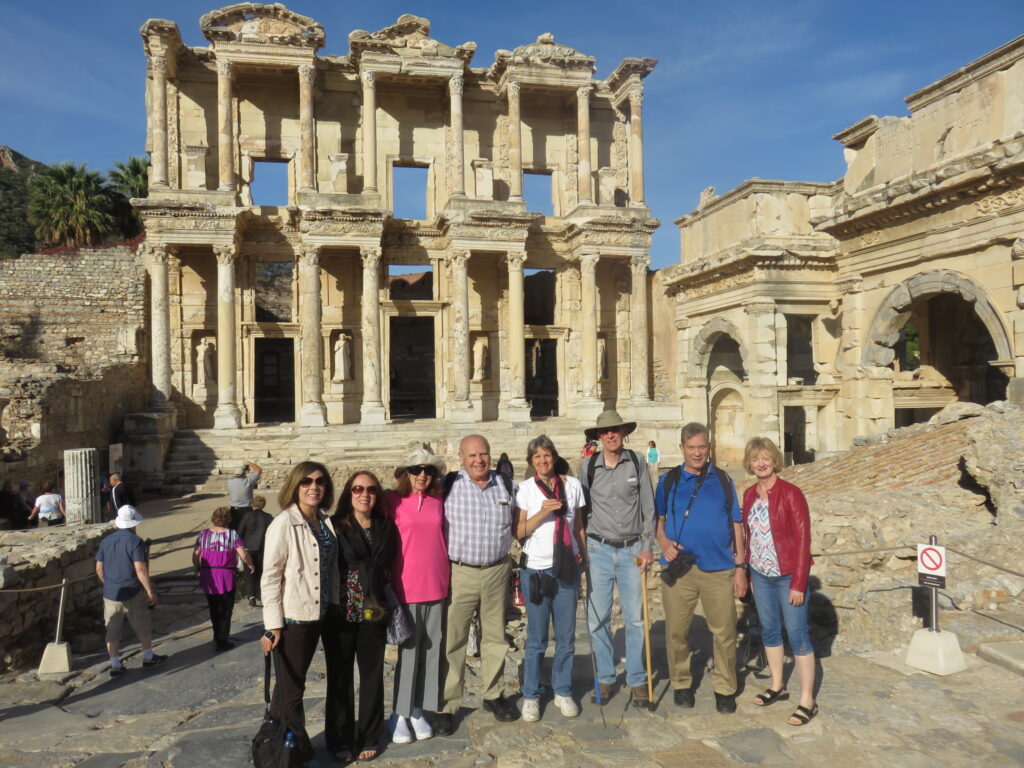
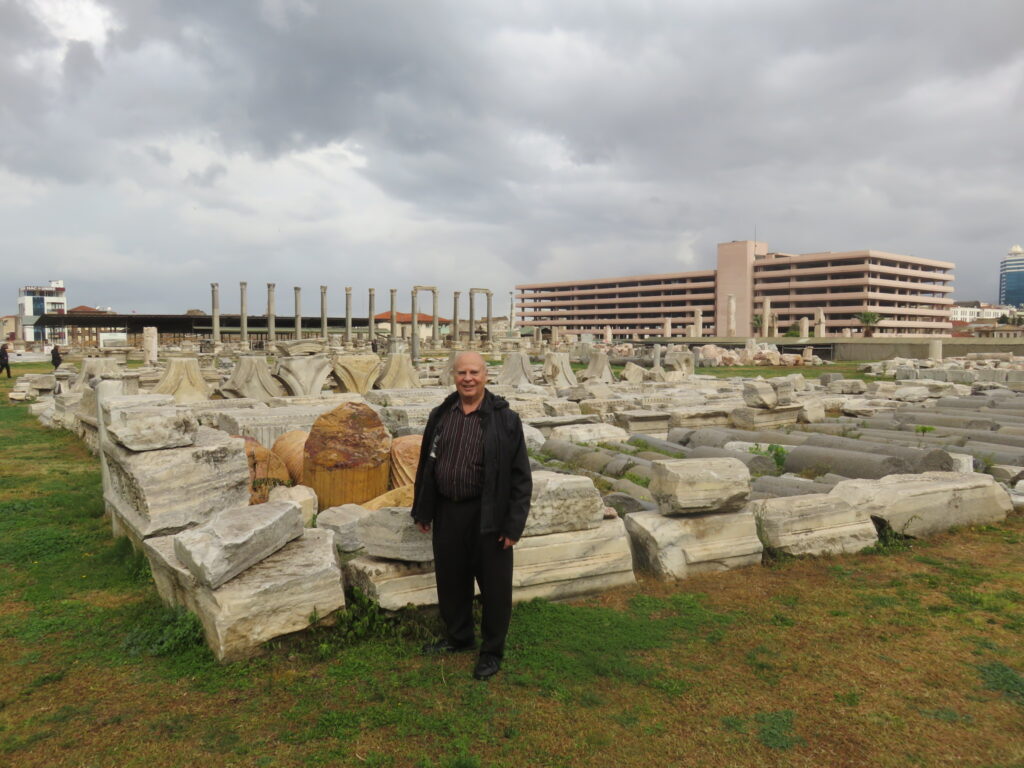
12. Explain in words an 8-year-old could understand what it means in 3:20 that Jesus stands at the door and knocks, waiting to be invited in for supper.
Jesus won’t force any of us to be friends with Him. But it is as if he came to our door with a wonderful Christmas dinner, hoping to share it with us. He knocks, hoping we will open the door and let Him in. But He won’t come in unless we open the door for Him. He really does have a delicious spiritual meal for us, guaranteed to make us happy, if we’ll just accept His invitation and do the things He asks of us.
13. What to you are the most important things we learn about these five chapters of the book of Revelation from the inspired commentary in D&C 77:1-6?
John saw that the earth, in its sanctified, immortal, and eternal state, will be a gloriously beautiful sphere, symbolized as a “sea of glass” for it’s light-transmitting properties.
Not only men and women but also the entire animal kingdom have spirits and will enjoy eternal happiness in the hereafter, being filled with knowledge and power. (It may motivate us to be kinder to animals and not shoot them just for sport!)
John saw that twenty-four specific elders from the seven churches in Asia had been faithful during their mortal lives and were then in paradise.
The book John saw in Revelation 5 with seven seals represented the seven thousand years of the earth’s temporal existence. The following chapters of Revelation will detail the opening of each seal, with a symbolic description of the prominent events of each thousand-year period.
14. What else in Revelation 1-5 impressed you enough to mark it? Why?
My own list included the following, which give beautiful if not totally explained promises about our future reward, if we are faithful:
- 2:10: “Be thou faithful unto death, and I will give thee a crown of life.”
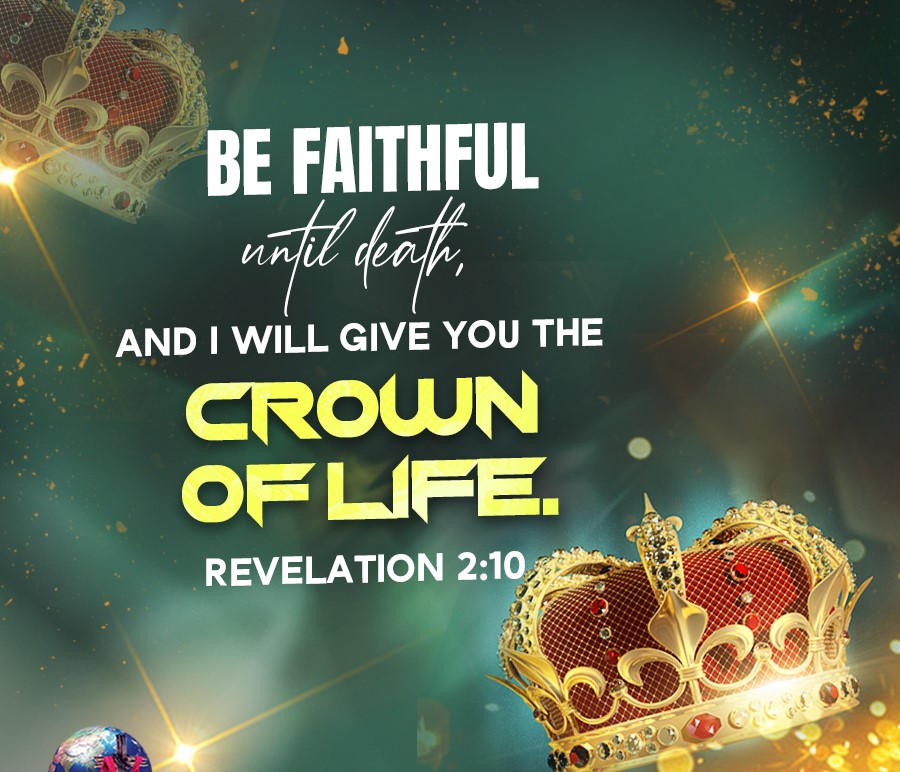
- 2:17: “To him that overcometh will I give to eat of the hidden manna, and will give him a white stone, and in the stone a new name written, which no man knoweth saving he that receiveth it.” D&C 130:10-11 tells us that this white stone “will become a Urim and Thummim to each individual who receives one, whereby things pertainint ot a higher order of kingdoms will be made known. And a white stone is given to each of those who come into the celestial kingdom, whereon is a new name written, which no man knoweth save he that receiveth it. The new name is the key word.” Presumably, the Lord will give us further information about this white stone and new name when it is necessary for us to have it.
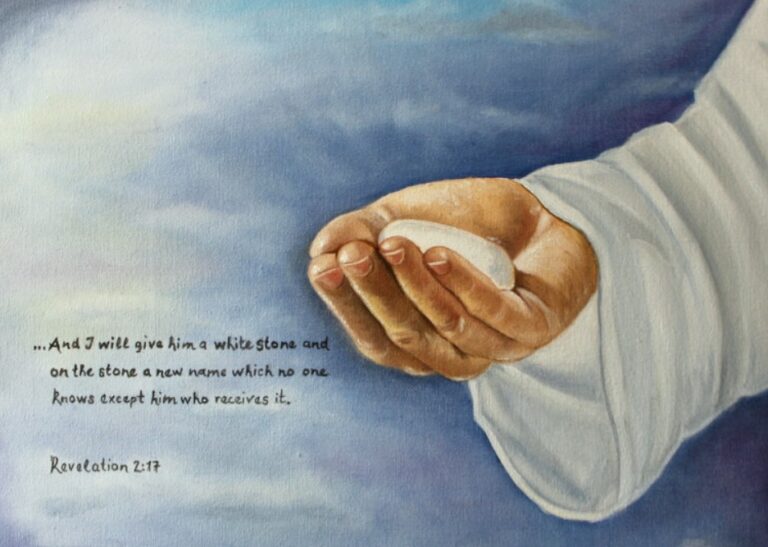
- 2:23: “I will give unto every one of you according to your works.
- 3:5: “He that overcometh, the same shall be clothed in white raiment; and I will not blot out his name out of the book of life, but I will confess his name before my Father and before his angels.”
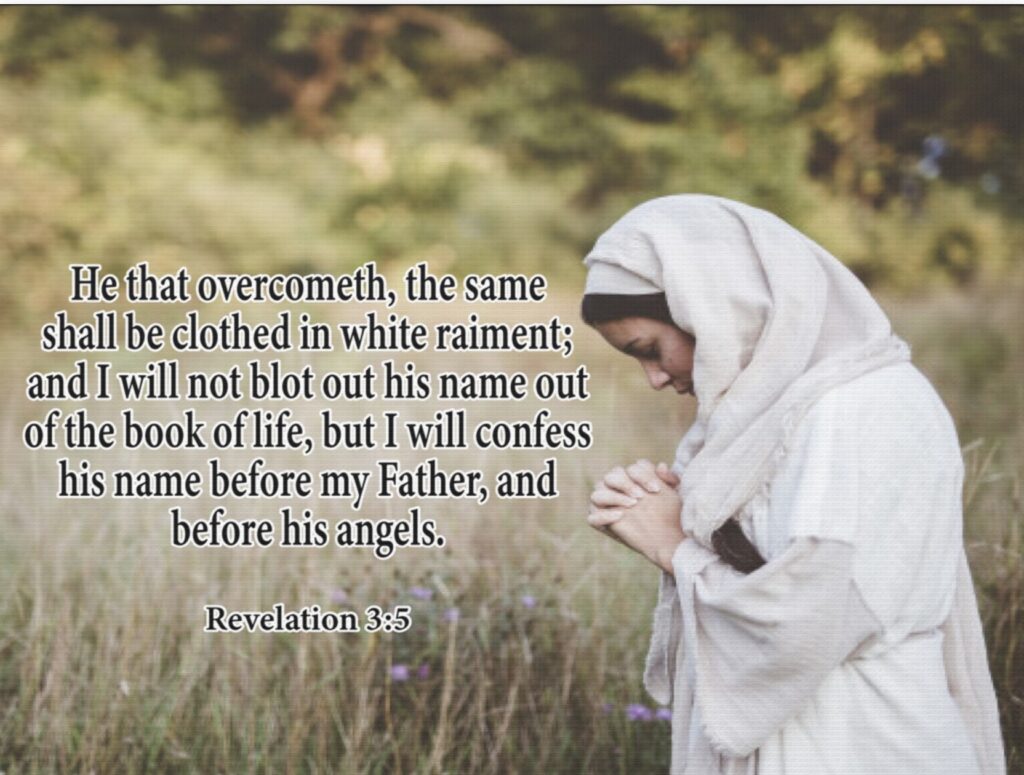
- 3:12: “Him that overcometh will I make a pillar in the temple of my God, and he shall go no more out: and I will write upon him the name of my God, and the name of the city of my God, which is new Jerusalem, which cometh down out of heaven from my God: and I will write upon him my new name.”

